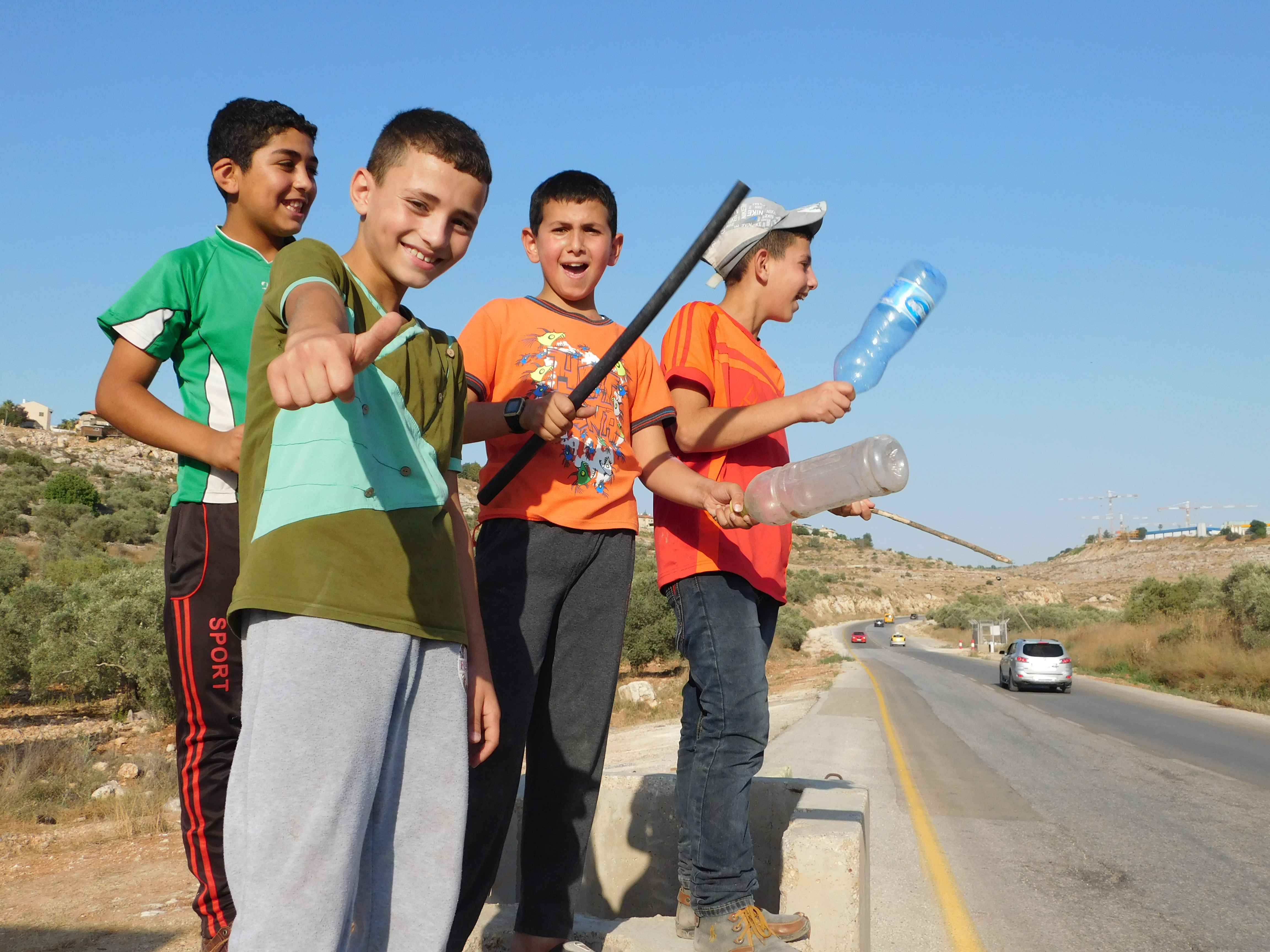Tag: Ethnic Cleansing
-
Qarawah water apartheid
21st June 2016 | IWPS | Deir Istiya, occupied Palestine When Aziz ‘Aasee, the mayor of Qarawah Bani Hassan village drives through the streets, we’re stopped every few meters by one of his constituents, all of whom are asking the same question: When will we have water again? For some, the question is a joke;…
-
Peaceful sit-in protest violently broken up by Israeli forces
15th July 2016 | International Solidarity Movement, al-Khalil team | Hebron, occupied Palestine On 15th July 2016, a peaceful sit-in protest demanding the opening of Qurtuba stairs in occupied al-Khalil (Hebron) by Palestinians as well as Israeli and international activists was violently broken up by Israeli forces, leaving one Palestinian child injured and 4 activists…
-
Ramadan in occupied Hebron
12th June 2016 | International Solidarity Movement, al-Khalil team | Hebron, occupied Palestine On 5th June, the holy month of Ramadan started. In occupied al-Khalil (Hebron), the Old City, that till then had been mainly deserted, comes back to life as many stream towards Ibrahimi mosque for prayers. The Old City of al-Khalil, including the…



